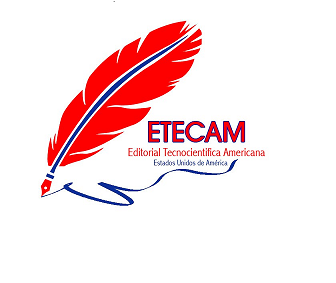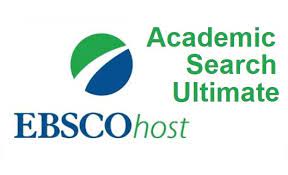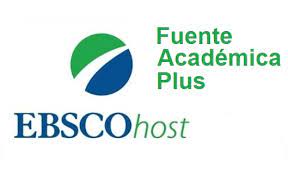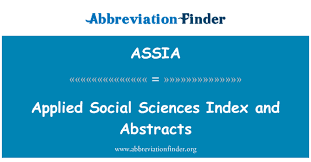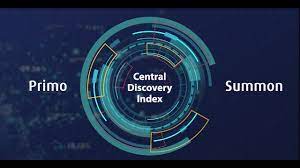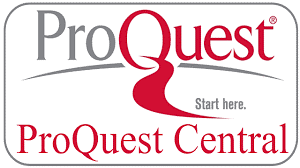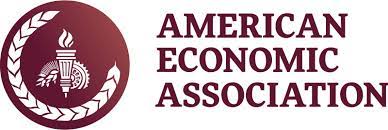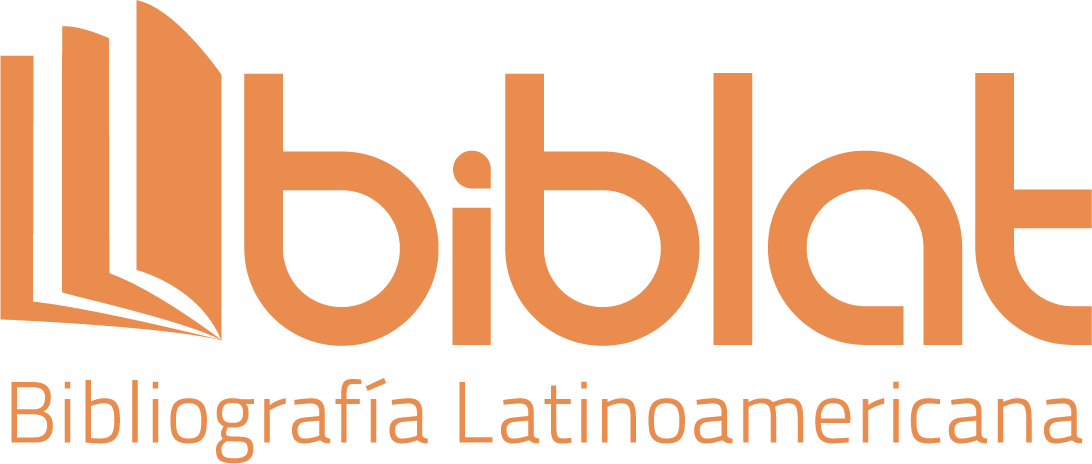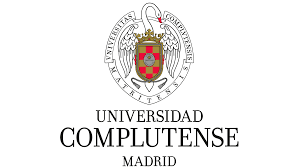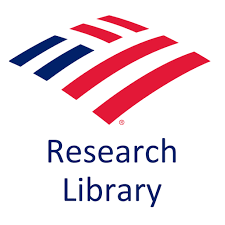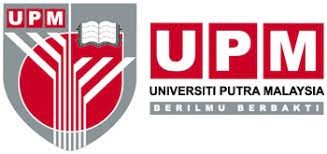Use of the virtual tool Alphabetics, to improve academic performance in basic education children with dyslexia
DOI:
https://doi.org/10.51736/sa.v7iEspecial%206.422Keywords:
virtual tool, Alphabetics, academic performance, dyslexiaAbstract
The objective of this article was to explore the use of the virtual tool “Alphabetics” in improving the academic performance of basic education children with dyslexia. The need for the use of technology in children with dyslexia was raised so that the level of help of the program in question can be demonstrated. Access to children identified with dyslexia from the Ministry of Health of Ecuador in the province of Guayas was used, numbering 30, who were enrolled in an online language course. After applying the descriptive study, it was found that there is a significant difference in the means of both groups, with the group that used Alphabetics showing a greater improvement in their academic performance scores. The average grade rose from 8,400 when the tool was not used to 9,367 with its use, and the grade ranges were exceeded from between 7.98 - 8.82 to 9.18 - 9.55.
Downloads
References
Ahmad, A. M., Aziz, M., Abdullah, W. M. B., Mushim, M. B. A., & Ishak, M. (2018). Kid’s Education and Fun courseware. International Journal of Engineering and Technology, 7, 396-399. https://doi.org/10.14419/ijet.v7i4.28.22619
Almgren, G., Lindeblad, E., Elmqvist, C., & Svensson, I. (2024). Dyslexic students’ experiences in using assistive technology to support written language skills: A five-year follow-up. Disability and Rehabilitation: Assistive Technology, 19(4), 1217-1227. https://doi.org/10.1080/17483107.2022.2161647
Anagnostopoulou, P., Lorentzou, G., & Stathopoulou, A. (2023). The Role of Digital Technologies in Learning Disabilities Intervention | TechHub Journal. https://techhubresearch.com/index.php/journal/article/view/88
Bice, H., & Tang, H. (2023). A Longitudinal Qualitative Study on Teachers’ Technology Barriers to Distance Learning: A School for Students with Dyslexia. Journal of Educational Technology Development and Exchange (JETDE), 16(1), 1-23. https://doi.org/10.18785/jetde.1601.01
Cajas, F. P. (2023). Desarrollo de un entorno virtual de enseñanza para niños con problemas de aprendizaje de dislexia y discalculia en el centro UDIPSAI UCACUE. https://dspace.ucacue.edu.ec/handle/ucacue/14465
Calderón, Y. P., & López, J. C. (2021). Desarrollo De Un Software Educativo Para El Fortalecimiento De Competencias En Niños Con Dislexia Entre Los 5 Y 7 Años. https://repositorio.ucundinamarca.edu.co/handle/20.500.12558/4319
Daley, J. (2019). Dehaene’s How the Brain Learns How to Read.
Delgado, C. J., Martínez, D. A., & Lagares, J. D. (2021). Desarrollo de un software educativo para dar soporte al proceso de enseñanza y aprendizaje para dislexia y discalculia. https://manglar.uninorte.edu.co/handle/10584/9893
Dimitriadou, I. (2023). Online Dyslexia Intervention via Technology Support; Study in Greece. En A. Coman & S. Vasilache (Eds.), Social Computing and Social Media (pp. 191-203). Springer Nature Switzerland. https://doi.org/10.1007/978-3-031-35927-9_14
Ferraz, M., & Pedro, K. M. (2023). Tecnologias digitais na escolarização de estudantes com dislexia uma revisão de literatura. Devir Educação, 7(1), Article 1. https://doi.org/10.30905/rde.v7i1.614
Guaña, J., Arteaga, Y., Ilbay, E., & Jaramillo, M. B. M. (2023). Uso de las Tecnologías de la Información y Comunicación para mejorar el aprendizaje de los niños con dislexia. RECIMUNDO, 7(1), Article 1. https://doi.org/10.26820/recimundo/7.(1).enero.2023.507-514
Gulam, G., Salman, A., & Kanigoro, B. (2020). Learning Tool for Kids on Android Platform. Advances in Science, Technology and Engineering Systems Journal, 5, 212-216. https://doi.org/10.25046/aj050526
Hechavarría, R. (2021). “Jugando con las letras”. Software educativo para corregir la dislexia y disgrafia óptico espacial. https://repositorio.uo.edu.cu/handle/123456789/1181
Javed, S., Muniandy, M., Lee, C. K., & Husni, H. (2023). Enhancing teaching and learning for pupils with dyslexia: A comprehensive review of technological and non-technological interventions. Education and Information Technologies. https://doi.org/10.1007/s10639-023-12195-5
Jorge, K. (2021). La dislexia y su intervención con las Tecnologías de la Información y la Comunicación. Un estudio de revisión. https://riull.ull.es/xmlui/handle/915/23292
Lojano, R. A. (2023). Estudio bibliográfico-comparativo de: Posibilidades de aplicación, accesibilidad, ventajas y desventajas de cinco aplicaciones de software para la dislexia [masterThesis, Universidad del Azuay]. http://dspace.uazuay.edu.ec/handle/datos/13228
Lozano, G. A., & Viñas, C. D. (2023). Estudio de caso: Software dytective en el desarrollo de los procesos de lectoescritura en estudiantes de primaria con dislexia. https://repositorio.unicordoba.edu.co/handle/ucordoba/7487
Mather, N., & Wendling, B. J. (2024). Essentials of Dyslexia Assessment and Intervention. John Wiley & Sons.
Mossige, M., Arendal, E., Kongskov, L., & Svendsen, H. B. (2023). How do technologies meet the needs of the writer with dyslexia? An examination of functions scaffolding the transcription and proofreading in text production aimed towards researchers and practitioners in education. Dyslexia, 29(4), 408-425. https://doi.org/10.1002/dys.1752
Narkhede, N., Panikar, S., Mohite, M., Nikam, S., Kamble, A., & Khemani, B. (2024). Cognitive Empowerment: Dyslexic Reading and Learning Support System. 2024 3rd International Conference for Innovation in Technology (INOCON), 1-6. https://doi.org/10.1109/INOCON60754.2024.10511976
Patnoorkar, R., Chaudhary, S., Pandey, S., Shekhar Pandey, P., Balyan, R., & Kumar, M. (2023). Assistive Technology Intervention in Dyslexia Disorder. 2023 International Conference on Artificial Intelligence and Smart Communication (AISC), 343-347. https://doi.org/10.1109/AISC56616.2023.10085588
Rivas, M. R., & Regal, A. G. (2023). Atención a la dislexia con recursos digitales: Una revisión de la literatura. Ciencia y Educación, 7(2), Article 2. https://doi.org/10.22206/cyed.2023.v7i2.pp57-74
Sigal, E., & Livnat, S. (2023). Improving Vocabulary in English as a Foreign Language among Students with Dyslexia Using Hybrid Technology. Journal of Educational Computing Research, 61(2), 283-303. https://doi.org/10.1177/07356331221117084
Soares, D. A. D., Oliveira, G. N. de, Brezolin, W., & Lopes, T. E. (2022). NEXO: SOFTWARE DE AUXÍLIO A PORTADORES DO DISTÚRBIO NEUROBIOLÓGICO - DISLEXIA. Revista H-TEC Humanidades e Tecnologia, 6(1), Article 1.
Thapliyal, M., & Ahuja, N. J. (2023). Underpinning implications of instructional strategies on assistive technology for learning disability: A meta-synthesis review. Disability and Rehabilitation: Assistive Technology, 18(4), 423-431. https://doi.org/10.1080/17483107.2020.1864669
Ugwu, I., & Augusta, O. (2016). The National Transformative Power of Language and Linguistics: The Bias in the Academia. 16, 169-180.
Wai Wai, L., Kee Jiar, Y., & Handayani, L. (2023). A systematic review on interventions for children with dyslexia. International Journal of Evaluation and Research in Education (IJERE), 12(3), 1674. https://doi.org/10.11591/ijere.v12i3.25099
Published
How to Cite
Issue
Section
License
Copyright (c) 2024 Stephano Paolo González Sánchez, Juan Eduardo Anzules Ballesteros, Virginia Sánchez Andrade

This work is licensed under a Creative Commons Attribution-NonCommercial-ShareAlike 3.0 Unported License.













